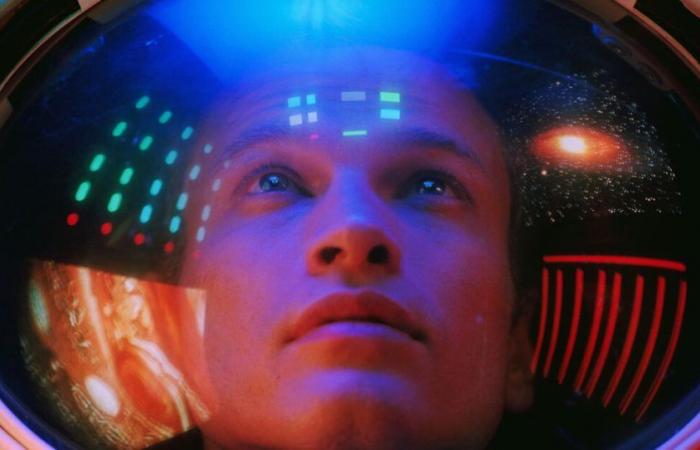Going to the moon is a feat. But who would have thought that the first step on this star would also involve problems with excrement and urine. According to NASA scientists, the Moon is full of fecal matter and that is problematic.
1969. Everyone has their eyes glued to the TV set to watch Neil Armstrong’s first steps on the Moon. What viewers didn’t see, however, were the remains of his excrement. Indeed, American magazine Wired devoted extensive pages to the methods used to manage fecal matter on the Moon. And as you read through this article, you also discover that members of the Apollo program missions left no fewer than 96 bags of excrement on the lunar surface. However, all this waste is not so insignificant… And even less biodegradable. “If there are going to be humans living permanently on the Moon, you don’t want poop bags lying around.” exclaimed Melissa de Zwart, professor at the University of Adelaide and expert in space law to the American media.
Difficult to eliminate poop on the Moon
Managing waste on the Moon has always been a major challenge for NASA members. In the beginning, astronauts were content to “tape a bag to their butt”reports Wired. However, this method has led to several incidents such as the one where excrement floated in the Apollo 10 command module. Fortunately, the devices have evolved.
ISS travelers now have toilet equipped with a hose and a suction head which eliminates excrement. Despite this revolution, this waste is not completely eliminated and to date there is no method that allows it. “Waste management designs are still under study, but NASA’s goal is to minimize any potential impact on the lunar surface“, Michael Rapley, deputy director of the Human Landing System crew compartment at NASA’s Johnson Space Center, told Wired.
Fecal microbes, a threat to the Moon?
However, these feces are not harmless. Indeed, a 2020 study highlights the fact that these fecal microbes “could constitute a real threat to the lunar environment and for scientific activities carried out on the Earth’s natural satellite. But scientists are also intrigued by the hypothesis of possible genetic mutations undergone by microbes: “We already know that life outside of humans is robust and can survive in strange environments. But if the human microbiome can survive in an environment like the Moon, it would be an even stronger indicator of the tenacity of life. It would make it a little easier to believe that life exists in many places in the galaxy, the solar system, and the universe as a whole.”, explains Mark Lupisella, manager of explorations and investigations at NASA’s Goddard Space Flight Center. He even suggests collecting all the poop left on the Moon since July 1969 in order to analyze them and study these mutations.
In the meantime, before having the answer, NASA hopes to find a solution to completely destroy this waste before the launch of Artemis III in 2026.
You may also be interested in:
Struck by space debris, a family files a complaint against NASA
NASA and ESA team up to create a satellite that helps preserve endangered species
PREFIRE: These mini NASA satellites will better measure climate change
NASA Invests in Designing a Magnetic Rail Track on the Moon!
Artemis 5: What will NASA’s future “lunar rover” look like?
Here are the secrets of the spacesuit that astronauts will wear to go to the moon






